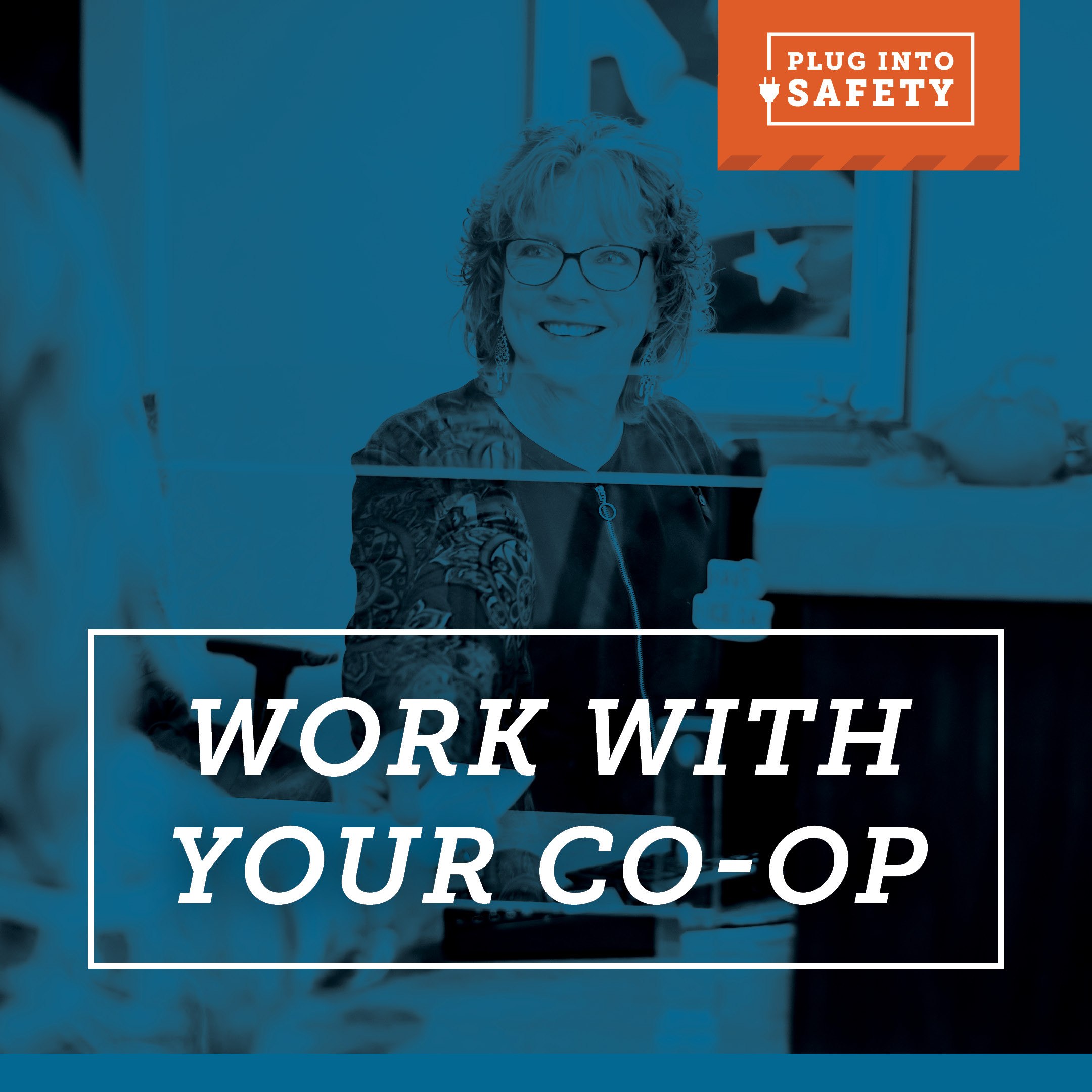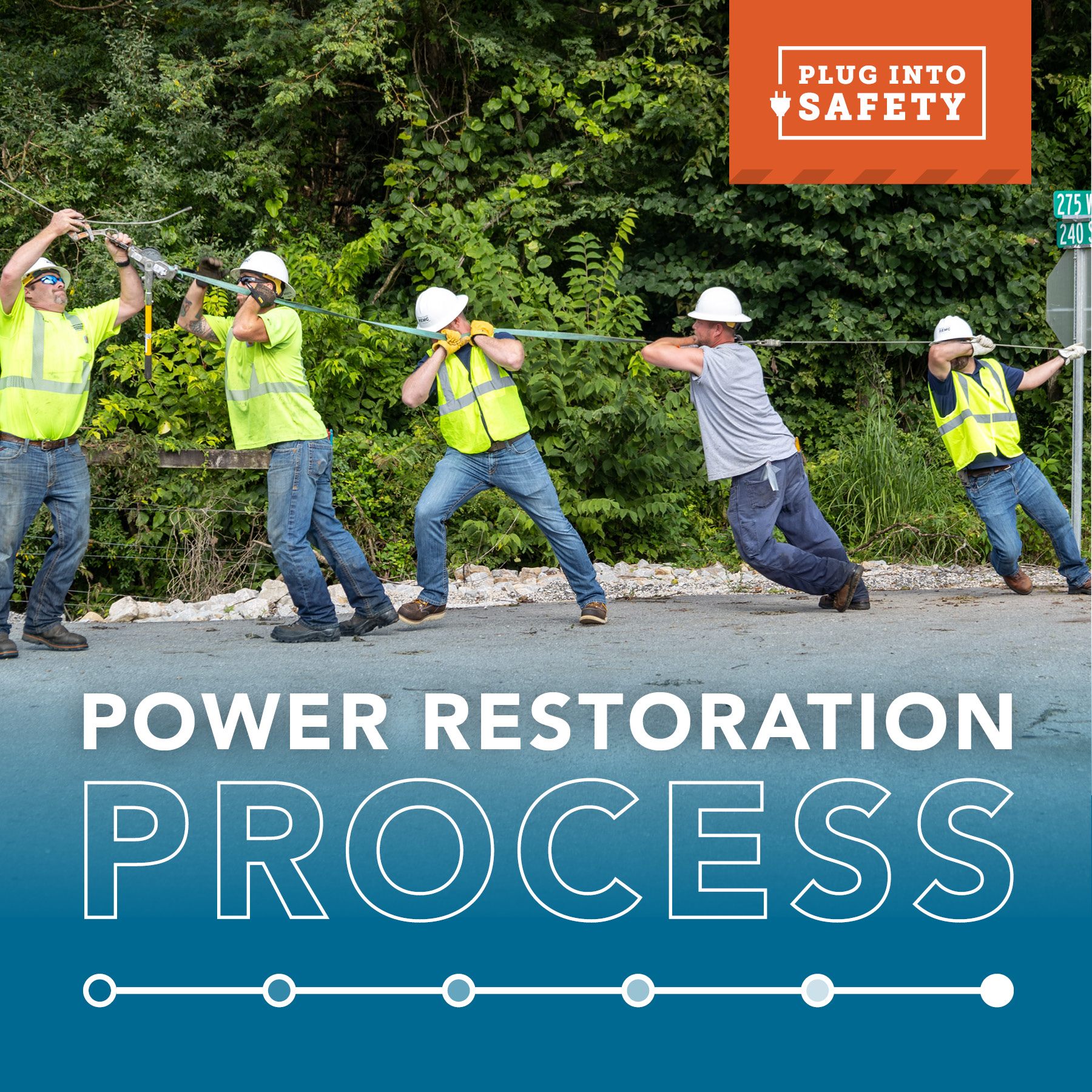With the current economic conditions, it’s no surprise that homeowners are tackling more of the projects around their homes, including electrical work. However, thousands of Americans are critically injured or electrocuted each year due to electrical fires and accidents. That’s why Indiana Electric Cooperatives wants to be sure that all local homeowners approach do-it-yourself projects with safety in mind.
The U.S. Consumer Safety Product Commission says that nearly 400 Americans die from electrocution each year, and the U.S. Fire Administration says that electrical problems are the cause of 89 percent of residential electrical fires. Even something that seems as simple as installing ceiling fans leads to more than 19,700 injuries each year.
“The simple truth is that most people lack the training and knowledge to safely handle home electrical work,” explains Rick Coons, CEO at Indiana Electric Cooperatives (IEC). “In addition to the potential for hurting themselves, they may make mistakes that create new hazards. Electricity is powerful, and it’s not very forgiving of mistakes.”
While IEC recommends hiring a licensed electrician to handle projects around your home, Coons offers several words of advice for people who still plan to go it alone:
- Learn how to use the breaker panel and main disconnect switch in your home.
- Before performing any work, shut off the power to the affected circuit. Make sure you test the circuit to ensure that no electricity is getting through. (You can buy inexpensive testers at the hardware store.)
- Always unplug devices such as lamps before you begin to work on them.
- Take the time to see what else in your home is on the same circuit, so that you don’t accidentally shut off something that needs to keep running.
- Do not touch water pipes, gas pipes, or grounded appliances while you’re working on electrical projects.
- Never cut wires too short, because that may force you to make a bad connection.
- Do not connect wires outside of electrical boxes. Those boxes provide added protection.
- Be sure that you don’t run too many wires into an electrical box. If it becomes crowded, replace it with a larger box.
- Don’t install a three-hole outlet without proper grounding or you’ll create a shock and fire hazard.
- Make sure that outlets and switches are tightly connected to boxes and walls. If the devices can wiggle, wires can work loose.
- One of the most common (and dangerous) mistakes is reversing the hot and neutral wires. The white wire must be connected to the neutral terminal, which is usually marked with a light-colored screw. The hot wire goes to the other terminal. A green or bare copper wire is called the ground wire, and should be connected to the grounding screw.
Working with electricity requires thorough planning and extreme care. Not following important safety tips can be a costly mistake. “Never try a project that’s beyond your level of skill or comfort,” Coons adds. “Most people don’t work well when they’re nervous, and it’s not exaggerating a bit to say that one simple mistake could be fatal.”
SOURCES: DIY Network, ESFI, Family Handyman, Harvard University, U.S. Consumer Product Safety Commission, U.S. Fire Administration.





